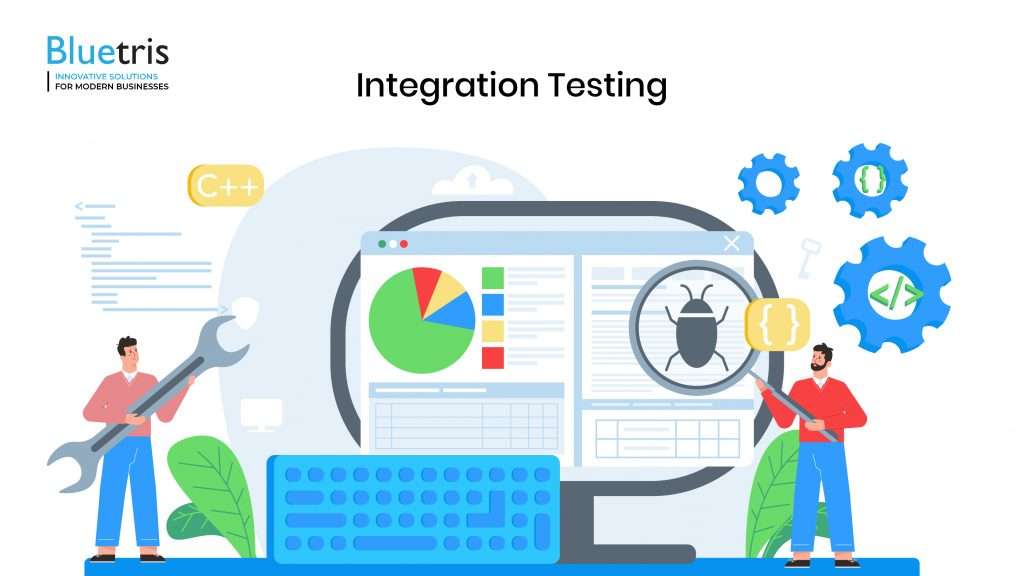Integration Testing: Meaning, Examples & Why is it Important?
Integration testing is an integral part of software testing because it determines whether the modules can communicate effectively with one another, which unit testing cannot do. We can use either the Big Bang or the Incremental approach to integration testing, each with advantages and disadvantages.
Talk to our Consultant

